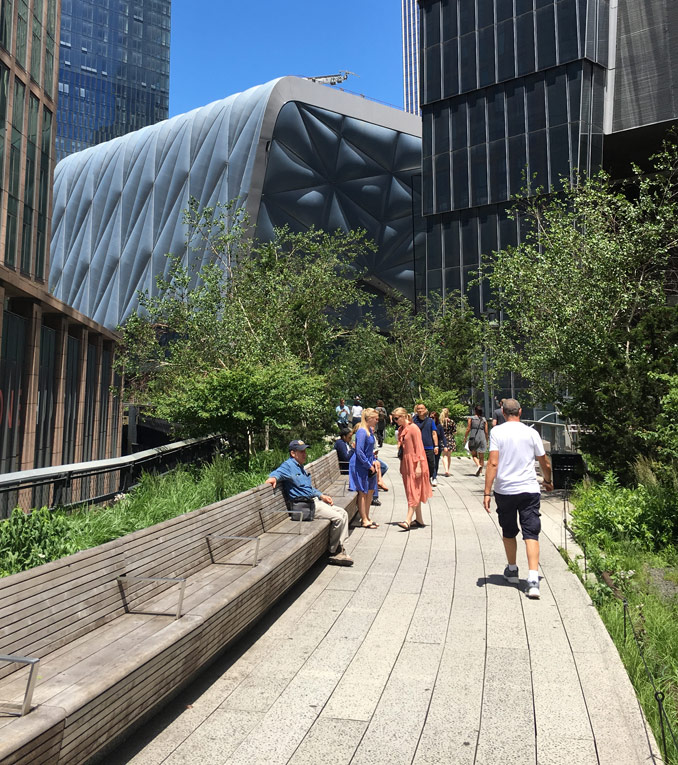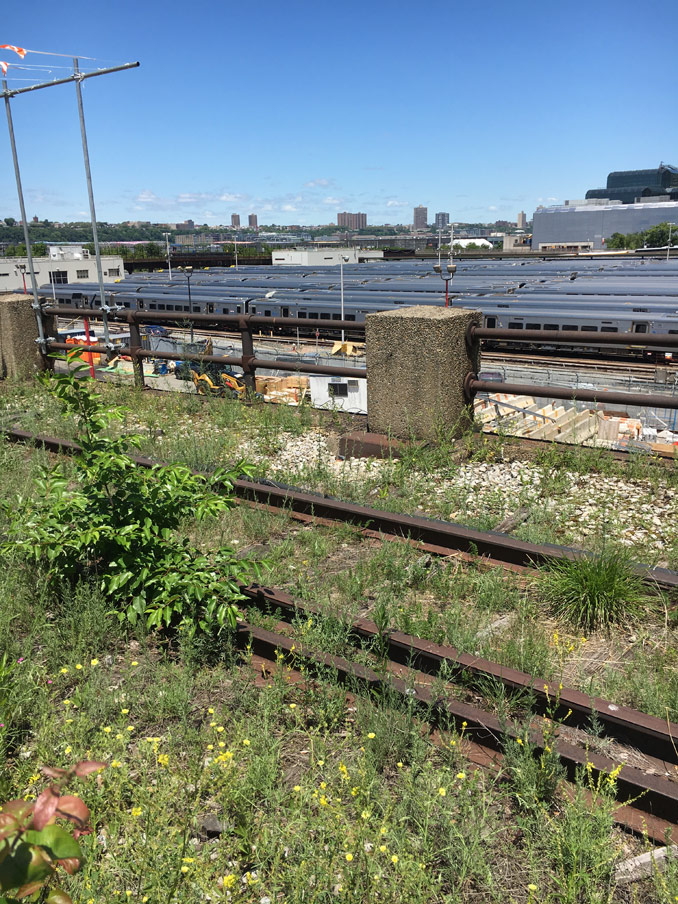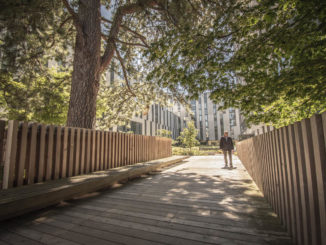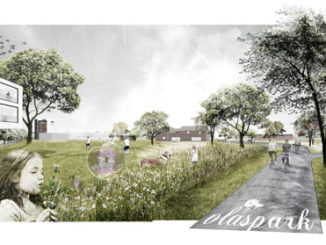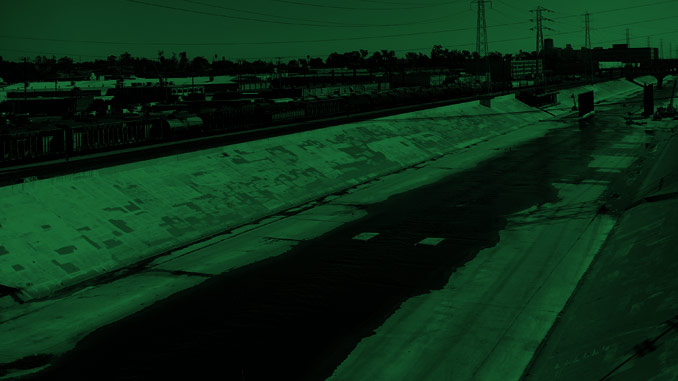
There is an ever-increasing pressure on the open spaces in and around cities as they seek to provide inexpensive housing on the fringes and at the same time increase density with infill housing in brownfield and disused sites in the city core. Open space (private & public) is disappearing due to these two trends, consequently placing pressure on the existing open space. With a greater density, there is also an increasing number of new residents seeking out places to rest, relax and play.
Cities are also facing the issue that they often can’t upgrade or change existing open space due to existing stakeholders, heritage overlays (regulation); therefore, cities, residents are seeking out new open spaces. Often these new spaces are existing urban infrastructure such as utility easements, railways, roads, and disused industrial areas. The most famous space reusing existing infrastructure is the Highline in New York. This project has inspired many others worldwide as they seek to reuse freeways in South Korea, railways in London.
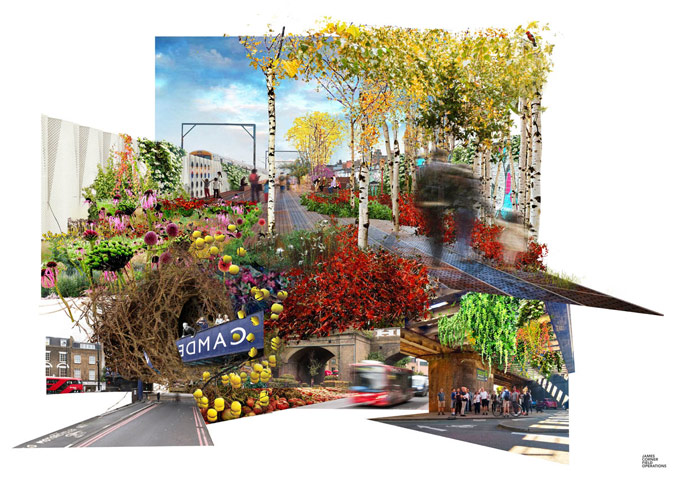
Cities are also realising that the rivers that they turned their back on and channelised in the past century, such as the Los Angeles River, offer a perfect opportunity to provide open space and bicycle highways for residents. It is hoped that rejuvenating the river will improve the open space network for Los Angeles.
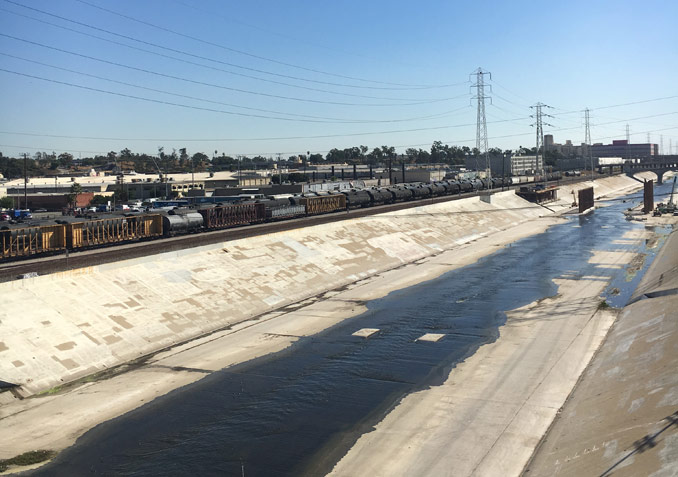
Cities such as Shanghai, New York, London, Medellín, and Seoul have rediscovered their rivers and waterfronts and provide new open space for residents and provide flora and fauna habitat.
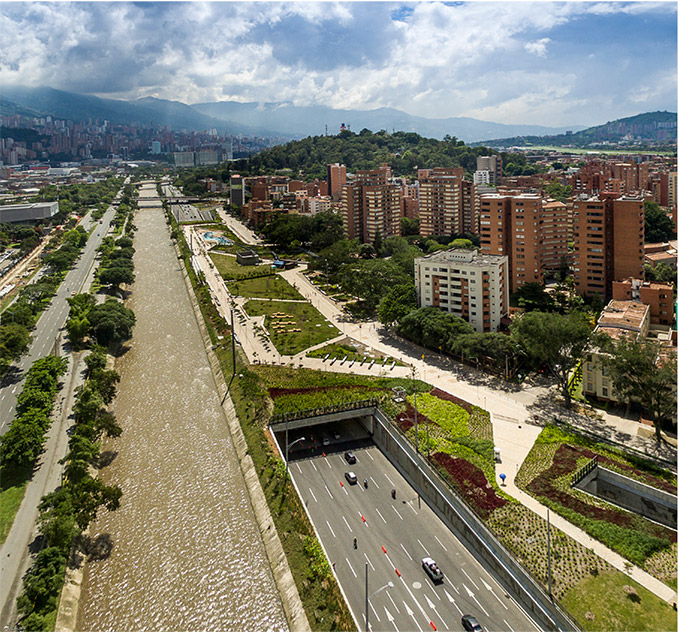
Cities are also working with utility organisations (private and public) to create open space for residents. Many utility easements were previously fenced off that are being converted into meadows, bicycle networks, and sports fields. These underutilised areas can provide open space for local residents but also create extensive networks throughout cities.
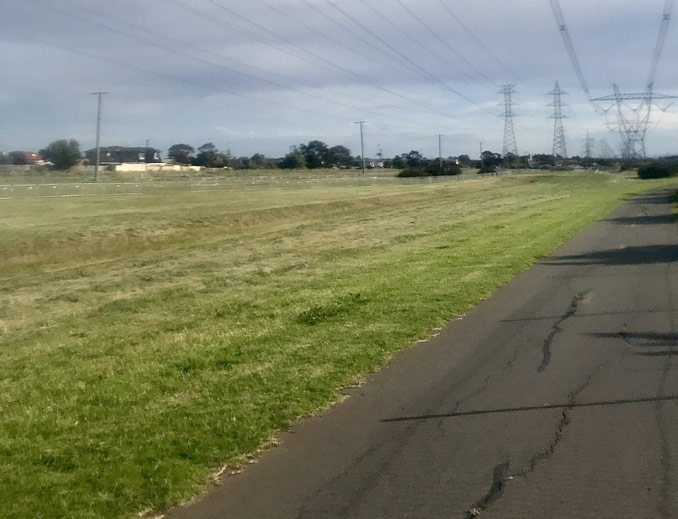
Highways are often surrounded by land set aside for future expansion (widening or extension) by authorities. This underutilised land offers great opportunities for cities to provide open space and path networks for residents, especially in the future when localised air pollution around highways will decrease with the adoption of electric and alternative energy vehicles.
New or upgrading of infrastructure offers cities the opportunity to rethink how they use the land and space for infrastructure, including roads and railways. These spaces are an opportunity to provide space for people and create biodiverse landscapes and habitats for flora and fauna.
Back at the turn of the millennium, we saw Boston bury one of its major highways in the Central Artery/Tunnel “Big Dig” project to provide 1.5 miles (2.4km) of open space known as the Rose Kennedy Greenway through the central core of the city.
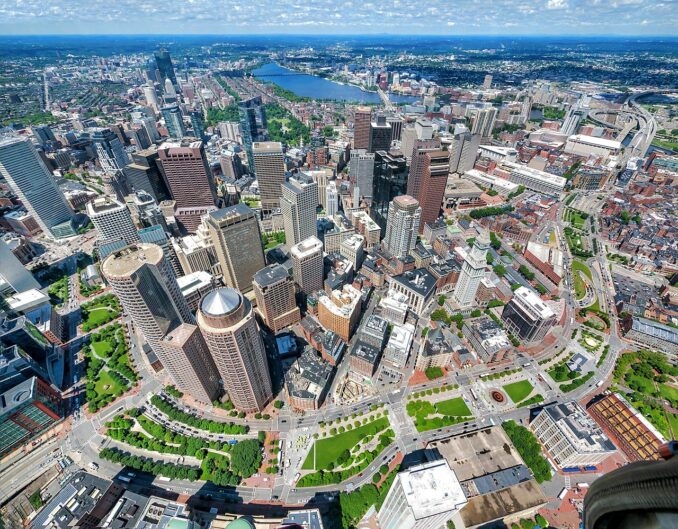
Seoul removed its highway and daylighted the river to create the Cheonggyecheon, a 10.9-kilometre-long, modern public recreation space in downtown Seoul, South Korea. The massive urban renewal project is on the site of a stream that flowed before the rapid post-war economic development caused it to be covered by transportation infrastructure.
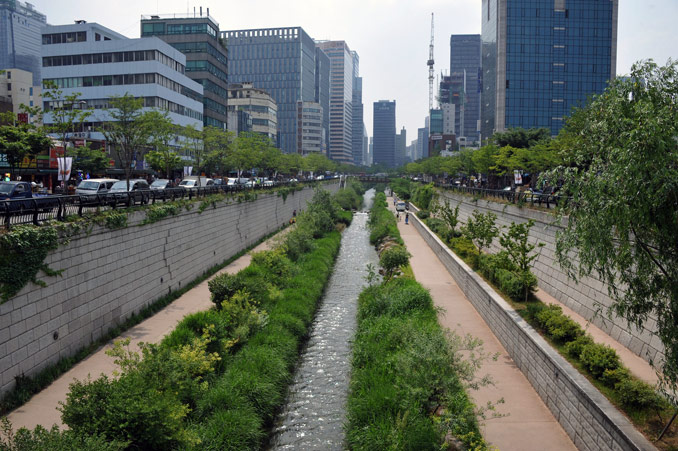
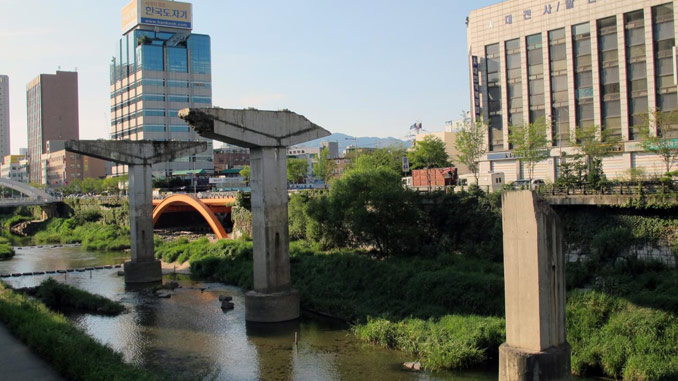
Seoul also converted a highway into Seoullo, a 983-metre linear park with over 200 local species of trees, shrubs and flowers as a walkable plant library for residents and visitors to the city.
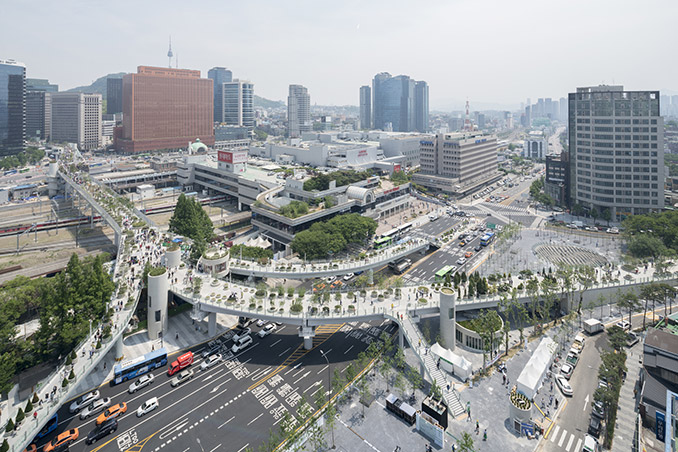
The decommissioning of Berlin Tempelhof Airport in 2008 allowed the government to create Tempelhofer Feld, a 355-hectare park that provides not only open space for people but also a significant habitat for local wildlife.
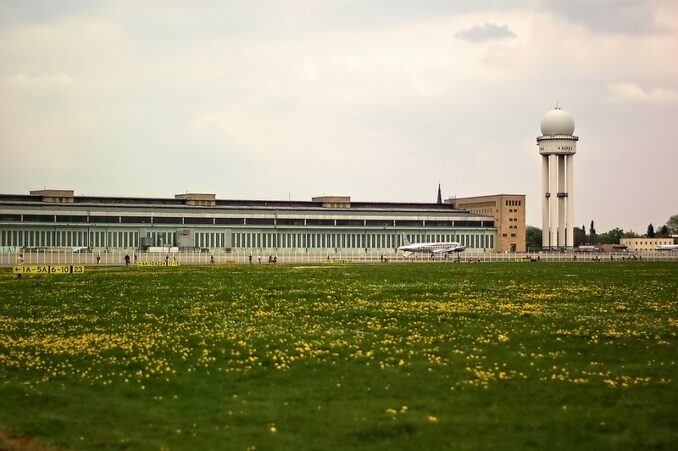
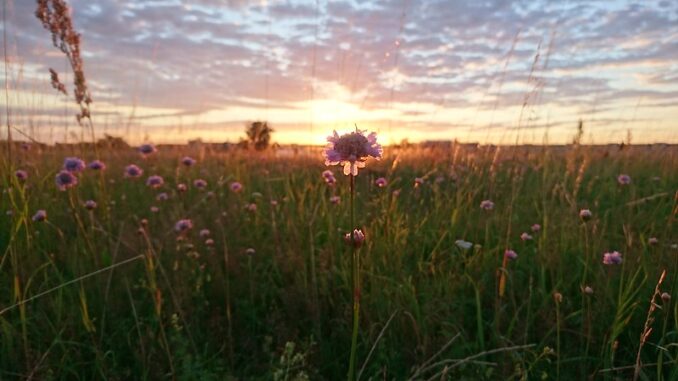
Shanghai has also recently taken a decommissioned Xuhui airport and converted it into a park for local residents using water sensitive design and sustainable design principles. The park also retained the runway as a shared path and the cultural heritage of the airport.
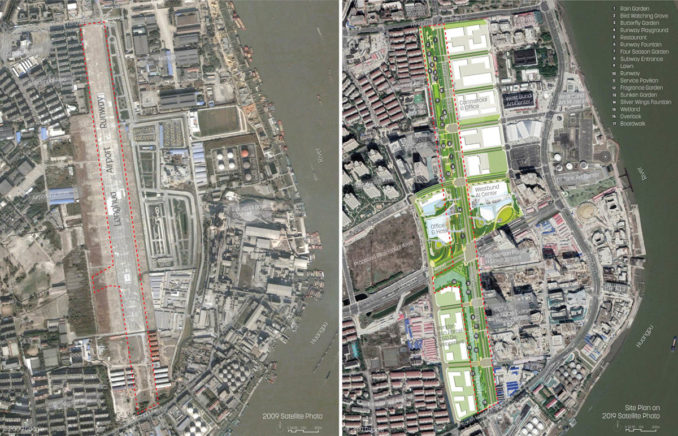
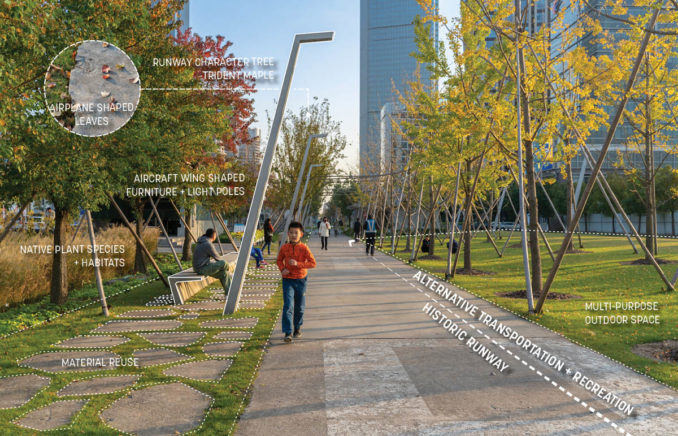
More recently, we saw Melbourne elevating the city railway to remove road crossings and, in turn, create 22 hectares of open space and shared paths for residents. The park has successfully drawn residents from their rear gardens and surrounding areas into the open space. They have become more active using the shared path and activity nodes (basketball, table tennis, exercise gyms).
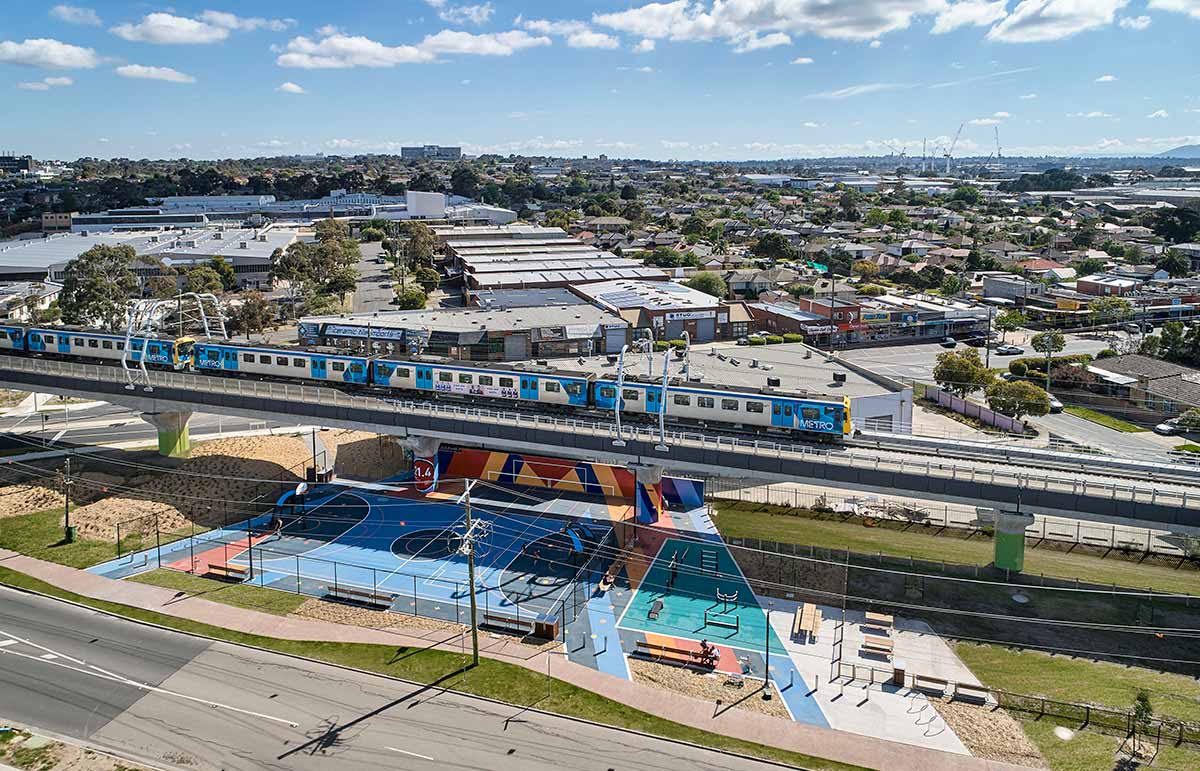
Photography Credit: Peter Bennetts Photography
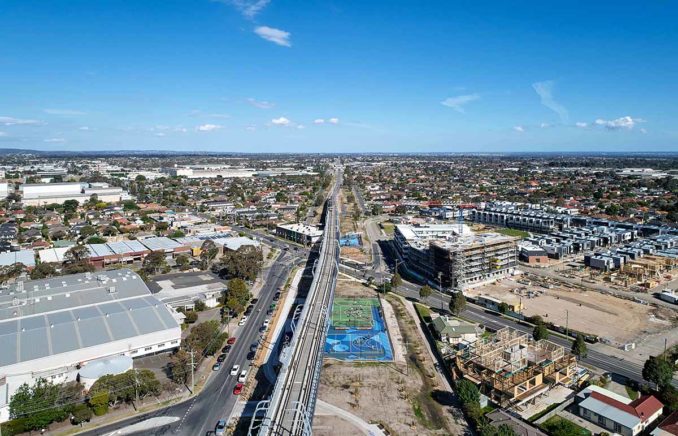
Photography Credit: Peter Bennetts Photography
Cities are facing many challenges, and a shortage in open space is becoming more urgent. By becoming more sophisticated in their approach and seeking out disused spaces, and rethinking how they use old and new infrastructure, they can provide open space. There needs to be a shift in how we think about open space. Infrastructure offers many opportunities to create open space and integrated green networks for all residents.
Image Credits: Damian Holmes unless otherwise captioned
Urban infrastructure offers the greatest opportunities for open space in cities was written by Damian Holmes, Editor of World Landscape Architecture.
Project Credits:
Highline: James Corner Field Operations & Diller Scofidio + Renfro
Rose F. Kennedy Greenway: Several design firms – learn more at ASLA
Medellín River Parks: Sebastian Monsalve Gomez & Juan David Hoyos Taborda
Seoullo (Skygarden): MVRDV
Landscape Architect | Ben Kuipers, Delft, Netherlands
Local Architect | DMP, Seoul, Korea
Structure | Saman Engineering, Seoul, Korea
Local Landscape Designer | KECC, Seoul, Korea
Tempelhofer Feld: Several designers.
Design Competition winners: GROSS.MAX with Sutherland Hussey
Linear Park – Caulfield to Dandenong Level Crossing Removal Project: ASPECT Studios

